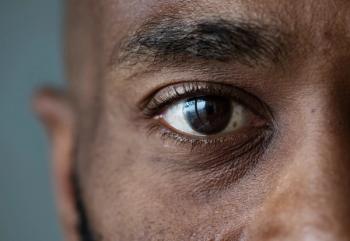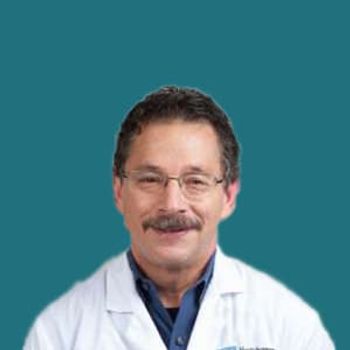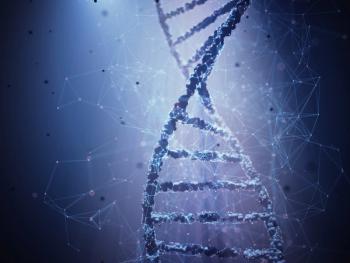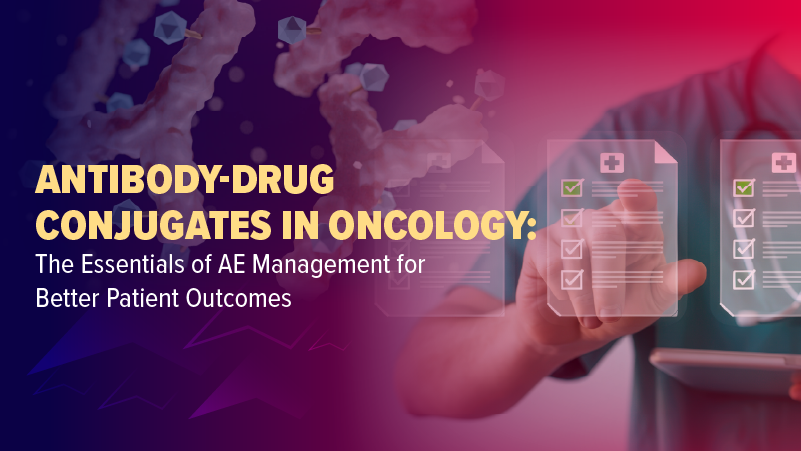
Rapcabtagene Autoleucel Shows Promise for DLBCL in Updated Phase 2 Data
Rapcabtagene autoleucel showed high rates of durable complete remissions and a favorable safety profile for patients with relapsed/refractory diffuse large B-cell lymphoma.
The CD19-directed CAR T-cell therapy rapcabtagene autoleucel (YTB323) showed high rates of complete remission (CR) and a favorable safety profile for patients with relapsed/refractory diffuse large B-cell lymphoma (DLBCL), according to updated findings from a phase 2 study (NCT03960840) presented at
Across 60 patients with DLBCL who received rapcabtagene autoleucel at a dose of 12.5 x 106 CAR+ cells at least 25 days before data cutoff, the overall response rate (ORR) was 88.3% (95% CI, 77.4%-95.2%). The CR rate was 65% (95% CI, 51.6%-76.9%). Responses were durable, with 53.9% of patients continuing to respond at 12 months. Of those with a best response of CR, the 12-month duration of response rate was 69.1%. Some patients were able to achieve a CR from their bridging therapy. When these patients were excluded (n = 4), the CR rate with rapcabtagene autoleucel was 62.5%.
"Rapcabtagene autoleucel was associated with responses including a CR in 65% at a median follow-up of 16 months. These responses are durable with 54% of responders still in response at the 12-month mark," lead investigator Peter A. Riedell, MD, from the David and Etta Jonas Center for Cellular Therapy, University of Chicago, said during a presentation of the results. "This treatment was well-tolerated with the safety profile."
Rapcabtagene autoleucel was manufactured using the T-Charge platform from Novartis. This system rapidly manufactures the cells in less than 2 days; however, for the entire process excluding the cell manufacturing, Riedell noted it took roughly 13 days globally and 9 days within the United States. Prior to infusion, lymphodepletion was completed for 3 days using a lower dose (n = 28) and a higher dose (n = 33) of fludarabine/cyclophosphamide (25/250 mg/m2 and 30/500 mg/m2, respectively). Patient characteristics were balanced between groups.
READ MORE:
In the phase 2 study, the median age of patients was 64 years, the IPI score was less than 3 for 54% with the remainder having a score of 3 or more. Double or triple hit mutations were present in a quarter of patients (25.4%), with 39.7% testing negative for a mutation in the MYC/BCL2/BCL6 genes. The remainder had unknown status. More than half of patients (58.7%) were refractory to their last therapy and 41.3% had relapsed after their last line of therapy. A portion (20.6%) were refractory to all lines of therapy received. The primary histology was DLBCL (82.5%) with the remainder having transformed lymphoma. Elevated LDH was seen in 42.9% and the median prior lines of therapy were 2 (73%) or 3 or more (27%). Despite the quick turnaround on the cell therapy, most patients (60.3%) still received bridging therapy.
Across 55 evaluable patients for a 3-month assessment, 55% achieved a CR. The highest rates of CR at 3 months were seen in those who received a prior hematopoietic cell transplant (n = 18). In this group, the CR rate at month 3 was 89%. This was followed by those who relapsed after their last line of therapy (n = 23), where the CR rate was 70%. In those aged 65 and older (n = 25), the CR rate was 64%.
The median progression-free survival (PFS) was 11.9 months across all patients treated in the study, including those who were recently infused (n = 63). Of those who achieved a CR at month 3 with rapcabtagene autoleucel (n = 30), the median PFS was not yet reached. The 12-month PFS rate in all patients was 48.2%. In those with a CR at month 3, the 12-month PFS rate was 79.3%. For overall survival (OS), the median was not yet reached in any of the patient cohorts. The 12-month OS rate was 83.0% across all evaluable patients and was 100% in those who achieved a CR at month 3.
Across all patients, 98.4% experienced an adverse event (AE) of any grade, with 84.1% experiencing a grade 3 or higher event. Serious AEs were seen in 52.4% of patients and there were 12 deaths in the study, with 6 related to disease progression and 6 from AEs. Deaths were associated with COVID-19 infection (n = 2), acute respiratory failure (n = 1), intestinal hemorrhage (n = 1), septic shock (n = 1), and tumor lysis syndrome (n = 1).
The rates of traditional CAR T AEs were low, with cytokine release syndrome (CRS) of any grade seen in 44.4%. Overall, the rate of grade 3 or 4 CRS was 6.4%. The median time to onset was 8 days, with grade 3 or 4 onset occurring in a median of 7.5 days. The median time from onset to resolution was 6 days, with 53.6% requiring tocilizumab and 25% requiring corticosteroids.
Immune effector cell-associated neurotoxicity syndrome (ICANS) was uncommon, with 3.2% of patients having a grade 1/2 event and 4.8% of patients experiencing a grade 3 or 4 event. The median time to onset was 13 days and the median time to resolution of grade 3 or 4 ICANS was 17 days. For this AE, 80% required treatment with dexamethasone, 40% with methylprednisolone, and 40% with Anakinra.
Cytopenias were commonly reported across all patients treated with rapcabtagene autoleucel (n = 63). For grade 3 or higher events, neutropenia was seen in 38.1%, anemia in 7.9%, thrombocytopenia in 30.2%, and lymphopenia in 42.9%. Neutropenia, anemia, and thrombocytopenia were completely resolved for all patients by month 6, with 73.7% having resolution of lymphopenia at 6 months. There was a single case of grade 3 hemophagocytic lymphohistiocytosis.
Fewer incidences of CRS were seen in the low-dose lymphodepletion group than in the higher-dose arm (39.3% vs 48.5%). Additionally, the rate of grade 3/4 CRS was less in the lower-dose arm (3.6% vs 9.1%). ICANS was more common in the low-dose group than in the high-dose group (14.3% vs 3.0%). Additionally, cytopenias were more common with the lower dose lymphodepletion vs the higher.
"We do notice some differences and importantly to note that patients were assigned to different lymphodepletion chemotherapy groups in a non-randomized way and at different times in the study course, therefore really limiting our ability to compare these two groups," said Riedell. "Collectively, the risk analysis supports the use of lower dose of lymphodepletion therapy prior to infusion."
For more coverage of ASH 2024,
Reference
Riedell PA, Kwon M, Flinn IW, et al. Rapcabtagene Autoleucel (YTB323) in Patients (Pts) with Relapsed/Refractory Diffuse Large B-Cell Lymphoma (R/R DLBCL): Phase II Trial Clinical Update. Presented at: ASH 2024 Annual Meeting & Exposition. December 7-10; San Diego, CA. Abstract #67
Newsletter
Stay at the forefront of cutting-edge science with CGT—your direct line to expert insights, breakthrough data, and real-time coverage of the latest advancements in cell and gene therapy.












































